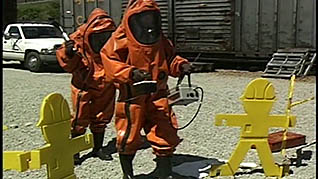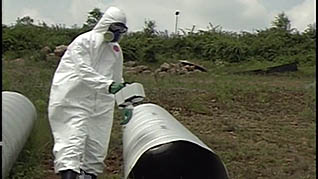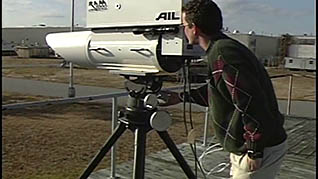Course Overview
Learning how to monitor contaminants in the environment where hazardous materials are present helps workers prevent hazardous waste contamination. If you ignore the hazards of working in such environments, you can easily expose your co-workers and family to the dangers of hazardous materials. This Video On Demand explains methods of monitoring the immediate presence of airborne vapors, gases and dusts, as well as water and soil pollutants over time. Knowing what types of hazardous materials are present allows workers to select the proper personal protection equipment to safely perform their jobs. Viewers learn the importance of characterizing the site to identify potential safety hazards, the role of general on-site monitoring, including periodic and perimeter monitoring and personal monitoring to determine whether their own exposure to hazardous materials is nearing a danger point. This video empowers employees to protect themselves and the public from hazmat dangers by equipping hazmat workers with the knowledge and skill to use monitoring devices.
Key Audience
Course Topics
Course Detail
Time
Languages
video format
captions
Resources
Lessons
Remediation
Bookmarking
Feedback
Microlearning



